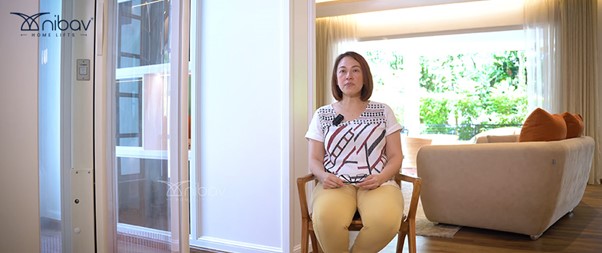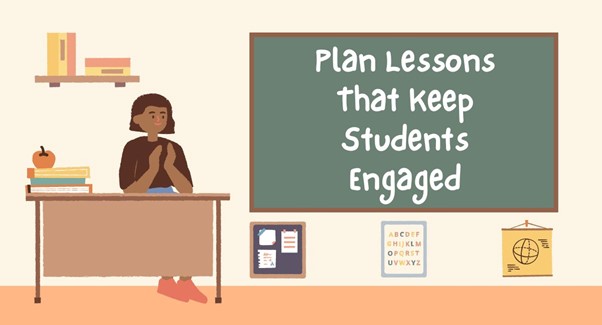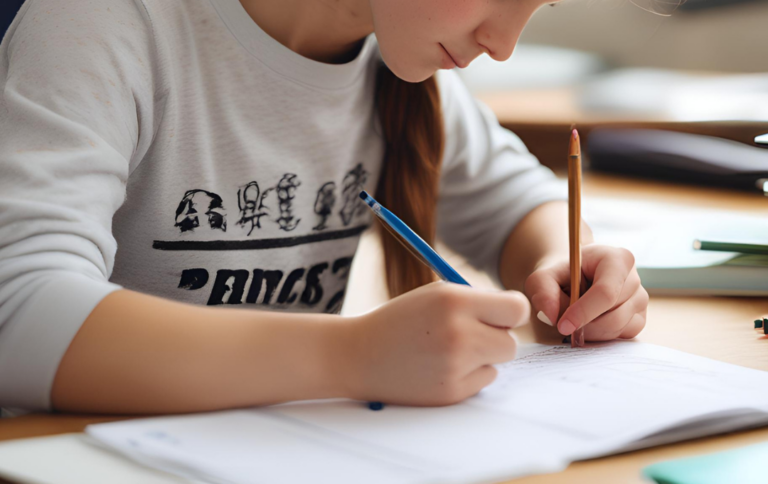Social media has become an essential aspect of teens’ life worldwide in the current digital era. From Twitter to Snapchat, TikTok to Instagram, the draw of continuous validation and connection is undeniable. But among the never-ending scroll and pings from notifications is a more sinister side effect: sleeplessness. Teenagers’ sleep patterns are being negatively impacted by excessive social media use, and studies have shown a correlation between the two. This article explores the complex relationship between teenage insomnia and social media, examining the causes, consequences, and possible remedies.
The Digital Predicament: An Unslumbering Culture
Social media platforms’ widespread use has transformed self-expression, entertainment, and communication. Particularly teens are heavy users, frequently immersing themselves in virtual groups for hours on end. Nevertheless, there is a price to this constant connectedness, as seen by the increased incidence of teenage sleeplessness. A study that was published in the Journal of Adolescent Health indicates that youth who use social media more frequently have a markedly higher risk of sleep problems, such as trouble falling asleep and irregular sleep patterns.
The Mysterious Blue Light
Blue light from electronics is one of the main causes of sleeplessness brought on by social media. High-energy blue light emitted by computer, tablet, and smartphone screens can disrupt the body’s normal circadian rhythm. The hormone that controls sleep, melatonin, is produced less when exposed to blue light in the evening. Teens who read through social media late at night are therefore more prone to sleeplessness and other sleep disorders.
The Fear of Missing Out
Teenage insomnia is also exacerbated by the psychological phenomena known as FOMO, which is fostered by social media. Teens who believe they are missing out on the fun may feel inadequate and anxious due to the carefully chosen information that is displayed on social media sites like Instagram and Snapchat, which frequently depicts idealized lives and activities. Teenagers may therefore feel pressured to stay online till late at night out of concern that they will miss out on crucial updates or social connections.
The Dangers of Unending Attachment
Teens who use social media feel under constant pressure to be reachable and attentive at all times, creating a culture of constant connectedness. Teenagers who are afraid of being left out or excluded from online interactions may choose to forgo sleep in order to keep in touch. Furthermore, kids may find it challenging to prioritize sleep and disconnect from social media due to its addictive qualities, which include never-ending scrolling and dopamine-driven feedback loops.
The Spiral of Stress
Beyond FOMO, kids’ use of social media can raise their stress and anxiety levels, which can further interfere with their sleep cycles. Teenagers’ mental health may suffer as a result of the pressure to uphold a well-curated online persona, get likes and follows, and deal with peer pressure and cyberbullying. The risk of developing insomnia and other sleep-related issues increases with stress levels.
Getting Around at Night: Techniques for Safe Social Media Use
Even though social media can be very alluring, teens must develop healthy habits to lessen its negative effects on their sleep. The following are some tactics for surviving the night:
Set Boundaries:
Prior to going to bed, schedule specific “digital detox” times when you should put away your electronics in order to encourage relaxation and get ready for bed.
Limit Screen Time: Establish screen time restrictions and urge teenagers to read, write in a journal, or practice relaxation methods offline before going to bed.
Establish a Sleep-Friendly Environment:
Reduce light and noise exposure, make sure the mattress and bedding are comfortable, and keep the bedroom cool to promote restful sleep.
Encourage teenagers to practice mindfulness by reminding them of the effects social media use has on their mental and emotional health. Urge them to take part in stress-reduction and relaxation techniques like yoga or meditation.
Seek Support:
Advise teenagers to get help from dependable adults, such as parents, teachers, or medical professionals, if their insomnia still doesn’t go away despite their best efforts to maintain better sleep hygiene. These adults can offer advice and resources for dealing with sleep-related problems.
In summary
The distinction between virtual and real worlds is becoming more hazy in the social media age, which has serious consequences for teenagers’ sleep patterns. Even though social media has many advantages, excessive use of it can cause sleep disorders, increase stress and anxiety, and worsen insomnia in teenagers. In order to ensure that teens thrive both online and offline, we need to empower them to strike a balance between online connectivity and restorative sleep.











